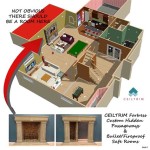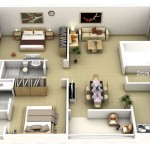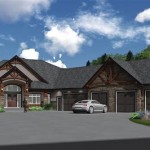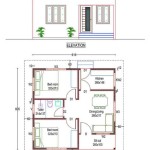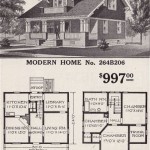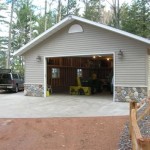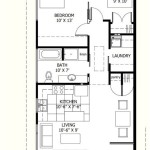Floor Plans with Hidden Passageways: A Look at History, Design, and Mystery
Hidden passageways have captivated imaginations for centuries, appearing in literature, movies, and real-life architecture. From secret escape routes to clandestine meeting places, these concealed pathways have played a role in history, intrigue, and even modern design. This article explores the fascinating world of floor plans with hidden passageways, delving into their historical context, design considerations, and the enduring mystery they evoke.
Historical Origins and Purposes
Hidden passageways have a long and rich history, dating back to ancient times. In ancient Egypt, secret chambers and tunnels were used for religious purposes, connecting temples and tombs. Medieval castles often incorporated hidden passageways, serving as escape routes for besieged occupants, allowing for covert movement within the castle, or providing a means to confuse attackers. These passageways were often cleverly disguised within walls, behind bookshelves, or in false fireplaces.
During the Renaissance, hidden passageways continued to be employed for strategic purposes, primarily for defense and escape. In the era of espionage, they were also used for covert communication and clandestine meetings. Notable examples include the Château de Fontainebleau in France, where secret passages allowed the king to move discreetly within the castle, and the Château de Chambord, known for its intricate network of hidden staircases and passageways.
Designing and Constructing Hidden Passageways
Creating a hidden passageway requires careful planning and skillful execution. The design process involves considering the following factors:
- Purpose: The intended use of the passageway influences its size, location, and features.
- Concealment: The passageway must be effectively hidden from plain view, using techniques such as false walls, secret doors, or disguised openings.
- Accessibility: The passageway must be easily accessible while remaining hidden. This can involve clever use of space, hidden hinges, or trapdoors.
- Structural integrity: The passageway must be structurally sound and safe for use, considering factors like load-bearing walls and potential hazards.
- Lighting: Adequate lighting is crucial for navigating the passageway, using concealed light sources or incorporating hidden fixtures.
- Ventilation: Proper ventilation is essential to prevent moisture buildup and ensure air circulation within the passageway.
The construction of a hidden passageway involves various techniques, including:
- False walls: These are movable or disguised walls that conceal the passageway behind them, often created with materials matching the surrounding walls.
- Secret doors: These doors are skillfully camouflaged within the surrounding walls, blending seamlessly or disguised as furniture or decorative elements.
- Trapdoors: These concealed openings in floors or ceilings provide access to the passageway, often triggered by hidden mechanisms.
- Twisting or winding pathways: These maze-like passageways confuse intruders and provide additional security.
Modern Interpretations and Mystery
While the practical uses of hidden passageways have diminished in modern times, they remain a source of fascination and inspiration. Many modern homes and buildings incorporate hidden passageways for aesthetic purposes and to add an element of surprise and intrigue. These passageways are often designed as secret rooms, hidden libraries, or walk-in closets, serving as unique spaces for relaxation or entertainment.
The mystery surrounding hidden passageways persists, captivating both historians and amateur sleuths. They offer a glimpse into the past, revealing secrets and stories that have been hidden for centuries. The hunt for hidden passageways in historical buildings and homes continues, fueling curiosity and a desire to uncover the hidden truths within our built environment.

Storybook Inspiration With Secret Passage 17570lv Architectural Designs House Plans

House Plans With Rooms And Passageways

Secret Room Rooms Passageways

Mediterranean Style House Plan 5 Beds 3 Baths 2957 Sq Ft 80 179 Houseplans Com

Colonial House Plans W An English Courtyard Garden Inside

Traditional Homes With Closed Floor Plans Blog Eplans Com

Home Plan Elise Sater Design Collection

Craftsman Plan 1 399 Square Feet 3 Bedrooms 2 Bathrooms 036 00176

European Style House Plan 4 Beds 5 Baths 6574 Sq Ft 968 43 Dreamhomesource Com

Traditional Homes With Closed Floor Plans Blog Eplans Com

